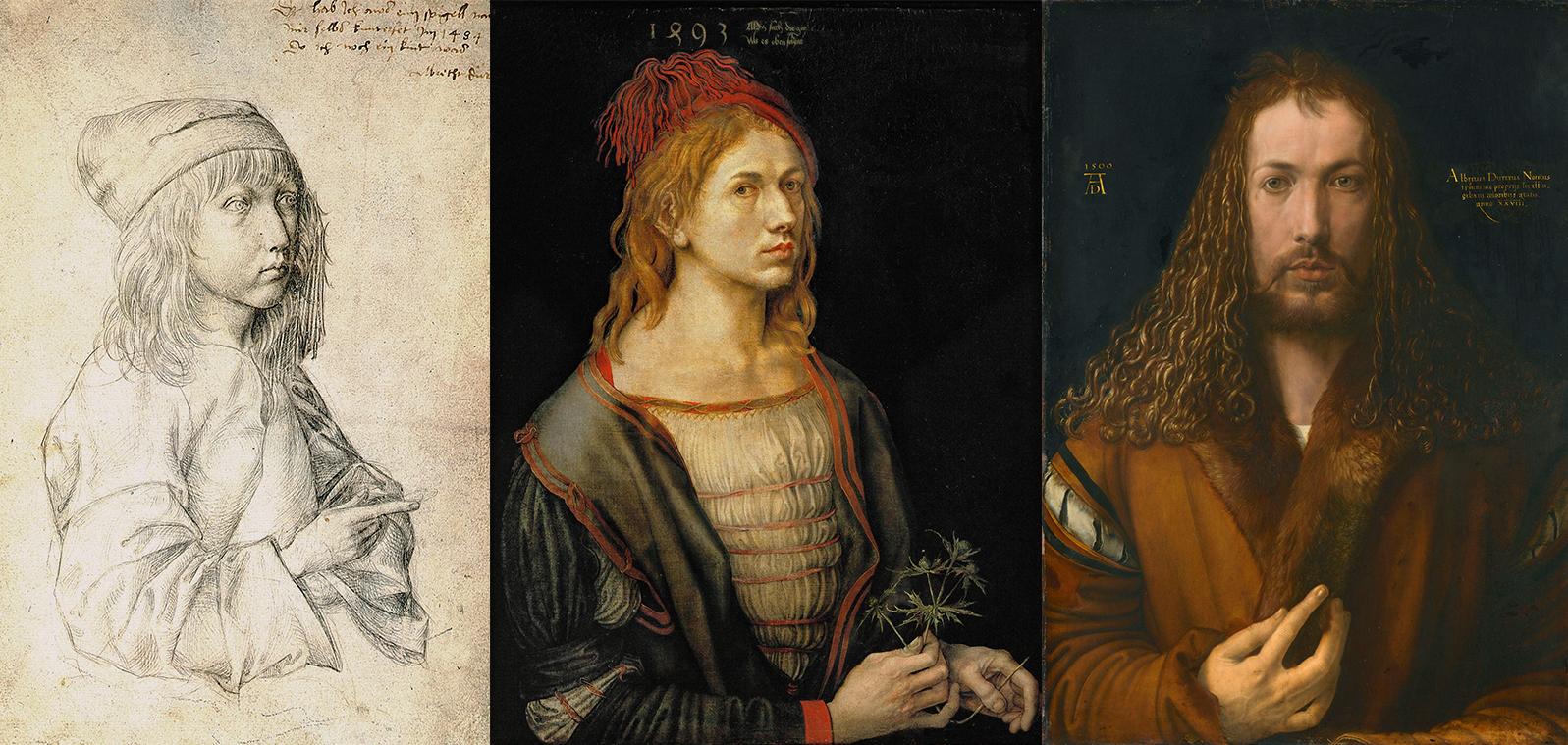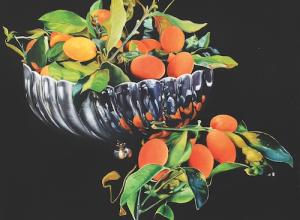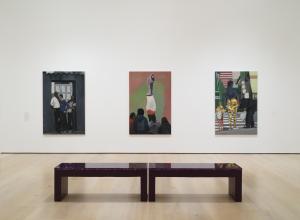
Most kids have the opportunity to experiment with creative outlets, whether it be coloring, finger-paints, or macaroni art. Extraordinary talent is not expected, however, in some rare cases innate ability can emerge and transcend the everyday skill of adolescent creativity. Known as a wunderkind or child prodigy, these juvenile geniuses, in the literal sense, are under the age of ten and contribute to a field at the same level of an adult expert.
While there are only a handful of recorded art prodigies throughout history, many esteemed artists began showing immense talent and intellect in their youth. It is also worth noting that many children through the ages have likely exhibited the skill level of a prodigy but were never able to capitalize or even document it due to societal restrictions. This article explores the intricacies of history’s finest child prodigies as well as young artists, turned masters in the visual arts.

Pablo Picasso, First Communion, 1896. Oil on Canvas.
Whether you love him or hate him, Pablo Picasso is one of the most recognizable artists in the art historical canon. Dabbling in various modern movements, such as Cubism and Surrealism, Picasso imagined new ways to reflect on the world around him. However, before marveled by modernist ideals, Picasso, a child prodigy in his own right, accelerated in academic realism. Picasso began formal artistic training at just seven with his father. At only fourteen years old, he completed First Communion (1896). As Picasso expanded his education, he began experimenting with avant-garde colors and shapes, creating kaleidoscopic masterpieces.

Albrecht Dürer, Self Portrait at the Age of Thirteen, 1484. Silverpoint.
An esteemed painter, printmaker, and theorist, Albrecht Dürer was a leading figure of the Northern Renaissance. Although initially an apprentice in his father’s goldsmith shop, Dürer’s intrinsic artistic abilities, as seen in his silverpoint Self-Portrait at the Age of Thirteen, were undeniable. At fifteen he began studying within Michael Wolgemut’s workshop and, from that moment on, Dürer’s work set the standard for excellence. Dürer’s vast oeuvre contains some of the most influential and recognizable pieces from the period, including The Four horsemen of the Apocalypse, Praying Hands, Melancholia I, and Saint Jerome in his Study.

Augusta Savage with her sculpture Realization, 1938. Photographic print.
Augusta Savage was a trailblazing artist of the Harlem Renaissance, activist, and educator. While she is not considered a child prodigy in the traditional sense, Savage’s early life was defined by her intrinsic passion for art and sculpting. Despite the unadulterated discouragement of her father, in addition to the sexism and systemic racism of the time, Savage pursued a career as an artist and subsequently became a prominent portrait sculptor and advocate for black youth in the arts. In the 1930s, Savage established her own studio in Harlem, became the first African American member of the National Association of Women Painters and Sculptors and was appointed the first director of the Harlem Community Art Center. Additionally, New York City commissioned a piece by Savage for the 1939 World Fair. Despite hardship in her later years, Savage left an indelible mark as an artist and activist and the scope of her life’s works continue to inspire generations.

Rosa Bonheur, Plowing in the Nivernais, 1849. Oil on Canvas. Musee D’Orsay.
Specializing as an animalier, Rosa Bonheur became successful in her late adolescence. Shaped by her rebellious childhood, Bonheur found solace and passion in painting the natural world. Training in his father’s studio from the age of twelve, the progression of Bonheur’s education began with copying images from drawing books, advanced to copying imagery from the Louvre, and then to studying actual anatomy and osteology as a way to better refine the realism of her work. In 1849, at the age of twenty-seven, Bonheur’s monumental painting, Ploughing in the Nivernais, won the First Medal at the Paris Salon. Not only a phenomenal artist, Bonheur also transcended social norms and constructs by wearing male clothing—with permission from the government—smoking cigars, having short hair, and sharing her life with two long term companions Nathalie Micas (1824-1889) and Anna Klumpe (1856-1942). Due to her hyperrealism and mass influence, Rosa Bonheur continues to be regarded as the leading female artist of the nineteenth century.

Angelica Kauffman, Self Portrait as a Singer, Holding Sheet Music, 1753. Oil on Canvas.
A child shaped by the Age of Enlightenment, Angelica Kauffman situated herself as a leading portraitist and History painter in the male-dominated public sphere. As a preteen, Kauffman was in the midst of establishing herself as a wunderkind; not only a promising artist, she also was a polyglot and gifted singer/musician. While Kauffman inevitably decided to pursue a career in painting, many of her later works retrospectively reflect the difficult choice between her two passions. Making waves throughout Europe in the mid-eighteenth century, Kauffman’s dedication and talent allowed her to transcend the confines of convention. Although a celebrated portraitist, Kauffman accelerated—with stipulations—as a History painter, a genre reserved for male artists due to subject matter, perceived intellect talent, and emotional constitution. Additionally, at the age of twenty-three, she became an honorary member of the Accademia di San Luca in Rome and was one of two female founding members of the Royal Academy of Arts in London in 1768. Upon her death in 1807, a bust statue of Kauffman was erected in the Pantheon next to Raphael.

Wang Ximeng, Detail of A Thousand Li of River and Mountains, c. 1096-1110. Handscroll in ink and color on silk.
While not much is known about Wang Ximeng, the legacy of his only extant piece of art, A Thousand Li of River and Mountains, highlights the genius of this child prodigy. The scroll, measuring in at thirty-nine feet, was completed by the artist when he was just eighteen and serving as court painter to Emperor Huizong of Song. Although he passed away at the tender age of twenty-three, Wang’s work is still regarded as one of the greatest examples of Chinese art.























